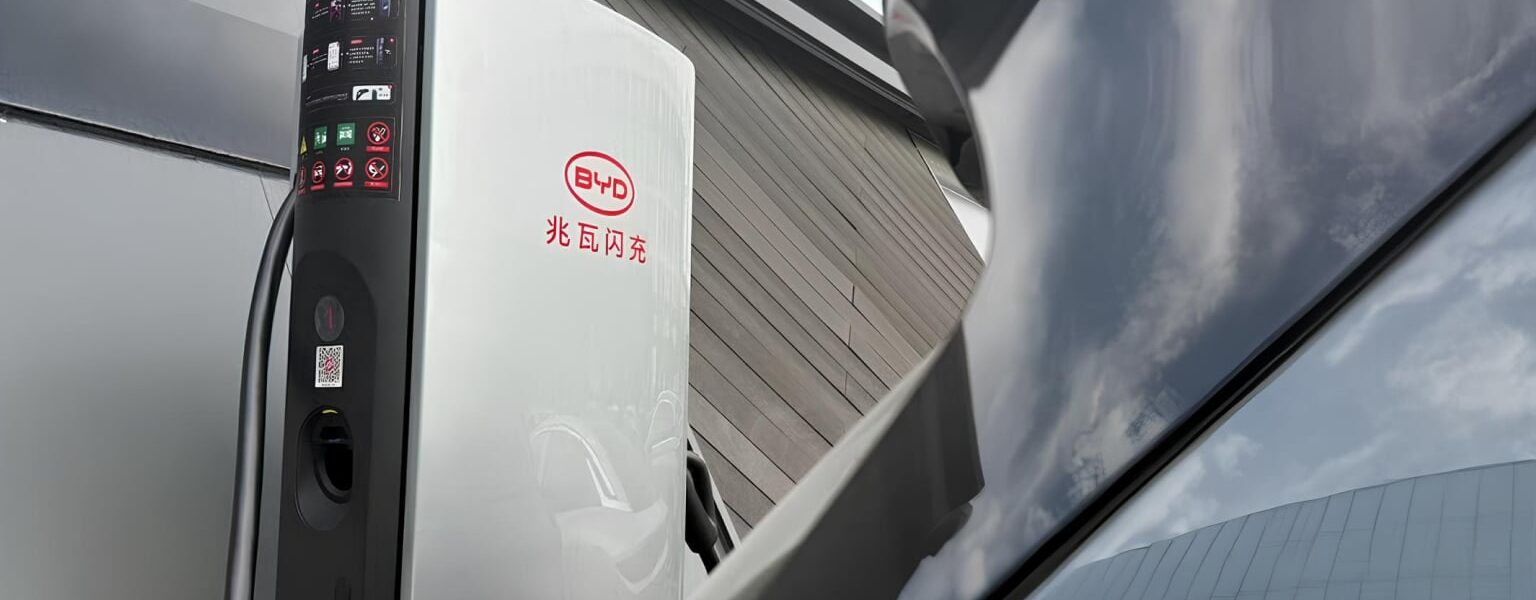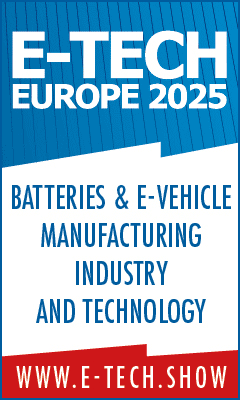Rivian’s CEO Explains Why China Is Leading The EV Shift And How The US Can Catch Up
China is dominating the global EV market, and according to Rivian’s (RIVN) CEO RJ Scaringe, this didn’t happen by accident. After squeezing global automakers out of their home market, Chinese EV makers are quickly expanding overseas. Scaringe explained why China is leading the shift and what the US can do to keep pace.
Rivian CEO explains why China is leading with EVs
During a recent fireside chat with Rishi Dhall, VP of NVIDIA’s automotive business, Scaringe pointed out that only 8% of new vehicle sales in the US last year were electric.
In comparison, EVs accounted for 45% of all car sales in China last year. That’s a massive difference. China is nearly six times ahead of the US in terms of EV adoption.
When asked about China’s innovation happening at “lightning speed” with new models, advanced battery tech, and much lower EV prices, Rivian’s CEO explained how companies in the US can learn from them.
One of the biggest reasons is the lack of options in the US. Scaringe says there are only “one of two great, high compelling choices” under $50,000. One of those is Tesla, with the Model Y and Model 3. This is evident from Tesla’s “extreme” market share over the past few years.
Although Tesla vehicles are great, there are still hundreds more choices for gas-powered cars, with different prices, brands, features, and more.
Scaringe says the US needs to offer many more EVs to keep up with China. Rivian currently sells the R1S SUV and R1T electric pickup, but these are flagship products that cost over $70,000 each and have a relatively small market.
Production at Rivian’s Normal, IL plant (Source: Rivian)
What role will Rivian play?
Rivian’s next product, R2, “opens that up dramatically.” The midsize R2 SUV will start at around $45,000, or nearly half the R1S and R1T.
Scaringe explained that the R2 takes “the magic of what is a Rivian at that higher price and puts it into a slightly smaller package.”
Although Rivian’s CEO promises it’s the “coolest vehicle,” the US will need more than just that for it to keep pace. We need R2 to be successful, and we need another “10, 15, 20 other options” for EV penetration to really grow in the US.
After the difference in labor costs fades, Scaringe explained, what we are left with is how the vehicles compare in terms of features, content, and other tech advantages.
In the US, two companies, Rivian and Tesla, have “redefined the network architecture” with vertically integrated tech stacks. In China, many are doing it from the ground up.
Since many automakers in the West source sensors and computers from several suppliers, it is nearly impossible to get them to work in sync, let alone update.
Rivian’s next-gen R2, R3, and R3X (Source: Rivian)
To be competitive, “you have to have the plumbing right,” Scaringe said, referring to vertically integrating the technology. Rivian already has one major global OEM, Volkswagen, planning to use its software in its next-gen EVs. Rivian and VW launched a joint venture worth up to $5.8 billion in November.
The biggest reason China is advancing in EVs is because the whole weight of the government is behind the industry. China burns more fossil fuels then it extracts domestically, so it is in their interest to reduce that dependency. There are many reasons to reduce the use of fossil fuels, but it really comes down to that it’s in China’s national security interests to reduce dependency on others. It’s the same reason they are building so much solar, wind, and hydro (yes, I know they continue to build coal power plants, with 2024 being a record, but they also installed more wind and solar then the rest of the world combined).
In the meantime, Rivian is expanding its Normal, IL plant as it prepares to launch R2. The midsize platform is still on track to launch in 2026.
Rivian EV production plans (Source: Rivian)
Once the upgrades are complete, Rivian will be able to produce around 215,000 vehicles annually, up from around 150,000. Once its new EV plant in Georgia is up and running, which is expected in 2028, Rivian expects to add another 400,000 units to its annual production capacity.
R2 is just the start for Rivian, with the R3 and tri-motor R3X launching shortly after. Rivian will sell the R2 overseas in places like Europe as it expands the brand globally.




